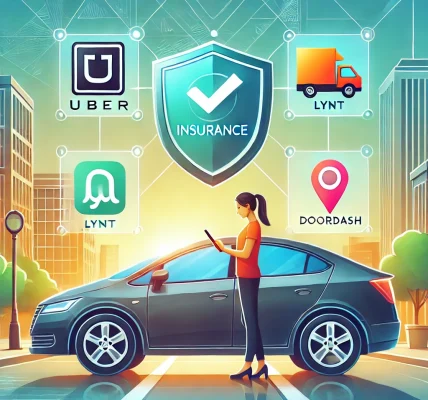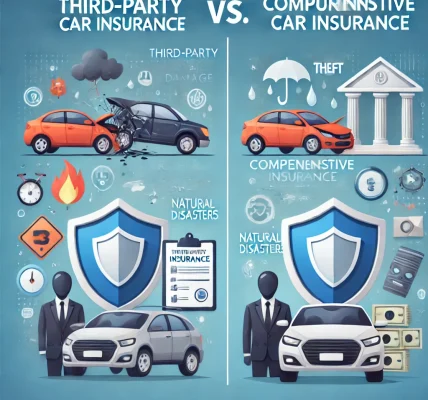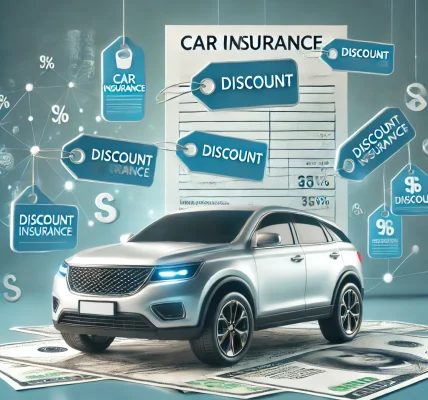Car insurance premiums are traditionally determined based on factors like age, driving history, location, and vehicle type. However, the insurance industry has evolved with the introduction of telematics and usage-based insurance (UBI). These innovative insurance models assess your actual driving behavior, potentially offering lower premiums for safe and responsible drivers.
In this blog, we’ll explore what telematics is, how usage-based insurance works, its pros and cons, and whether it’s the right choice for you.
What is Telematics in Car Insurance?Telematics refers to the technology used to track and analyze driving behavior through a small device installed in your car or a mobile app. It collects data such as:
Speed
Braking patterns
Acceleration
Mileage and time of day
Cornering and handling
Phone usage while driving
This data is then used by insurance companies to personalize your premium based on your driving habits rather than general statistical models.
How Does Usage-Based Insurance (UBI) Work?Usage-Based Insurance (UBI) programs use telematics data to set insurance premiums. There are several types of UBI models:
- Pay-Per-Mile InsuranceBest suited for low-mileage drivers.
The premium is based on the number of miles driven.
Ideal for people who drive infrequently or use public transportation often. - Pay-How-You-Drive InsurancePremiums are adjusted based on driving behavior.
Safe drivers get discounts, while risky drivers may see increased rates.
Factors like harsh braking, rapid acceleration, and speeding impact the cost. - Hybrid UBI ProgramsCombines traditional factors with telematics data.
Offers discounts for safer driving but does not penalize bad driving as heavily.
Benefits of Telematics and UBI1. Potential for Lower PremiumsDrivers with safe habits can enjoy significant savings compared to traditional policies. - Encourages Safer DrivingKnowing that their driving is being monitored, many users adopt safer habits such as avoiding speeding, harsh braking, and aggressive acceleration.
- Customized Insurance RatesUnlike traditional policies that rely on broad statistics, telematics tailors premiums based on individual behavior.
- Fair Pricing for Low-Mileage DriversThose who drive less frequently—such as remote workers or retirees—pay lower rates.
- Accident Assistance & Stolen Vehicle TrackingSome telematics programs offer additional features such as real-time crash alerts and stolen vehicle recovery assistance.
Potential Drawbacks of Telematics and UBI1. Privacy ConcernsSince telematics systems track driving behavior, some drivers may feel uncomfortable sharing their data with insurance companies. - Inconsistent SavingsNot everyone will save money. Drivers with aggressive habits may see higher premiums instead of discounts.
- Limited AvailabilityWhile telematics-based insurance is growing in popularity, it is not yet available in all states or from all providers.
- Potential Data MisinterpretationInsurance companies may misinterpret some driving behaviors, such as hard braking to avoid an accident, leading to inaccurate risk assessments.
Who Should Consider Usage-Based Insurance?UBI and telematics-based policies are ideal for certain groups of drivers. You might benefit from such a plan if you:
✔ Drive fewer miles than the average driver
✔ Follow safe driving practices (e.g., avoid harsh braking and speeding)
✔ Want more control over your insurance costs
✔ Don’t mind sharing driving data with your insurer
✔ Prefer a fair pricing model over traditional statistical risk assessment
However, if you frequently drive long distances, have unpredictable driving patterns, or are concerned about data privacy, a traditional insurance plan may be a better fit.
Popular Insurance Companies Offering Telematics ProgramsMany major insurance providers now offer telematics-based insurance programs. Some well-known options include:
Progressive – Snapshot
State Farm – Drive Safe & Save
Allstate – Drivewise
GEICO – DriveEasy
Nationwide – SmartRide
Each program has different terms, discounts, and monitoring methods, so it’s essential to compare options before choosing one.
How to Enroll in a Telematics-Based Insurance PlanIf you’re interested in trying UBI, follow these steps:
Check Availability – Not all insurers offer telematics-based plans in every state.
Compare Programs – Review different telematics programs to find one that fits your needs.
Sign Up and Install the Device or App – Most insurers provide a small tracking device for your car, while others use a smartphone app.
Drive Safely to Maximize Savings – Monitor your driving behavior and make adjustments if needed.
Review Your Premium Adjustments – Depending on your driving habits, you may see reduced premiums at your next renewal.
The Future of Telematics in Car InsuranceAs technology advances, telematics is expected to become more common. Insurers will likely integrate artificial intelligence (AI) to refine risk assessments and provide even more personalized pricing. Additionally, increased consumer awareness and improved regulations may address privacy concerns.
Final ThoughtsTelematics and usage-based insurance can be a game-changer for safe and low-mileage drivers, offering the opportunity to lower costs through responsible driving. However, they may not be suitable for everyone, especially those who drive frequently or have concerns about data privacy.
Before opting for a UBI plan, consider your driving habits, research available options, and compare rates to determine if telematics-based insurance is the right choice for you.
Would you like help comparing telematics-based insurance programs? Explore our detailed comparison guides to find the best fit for your needs!


